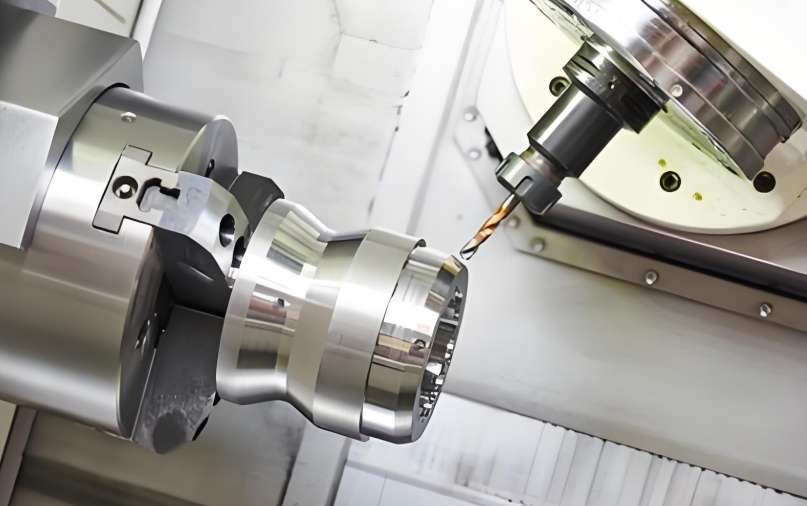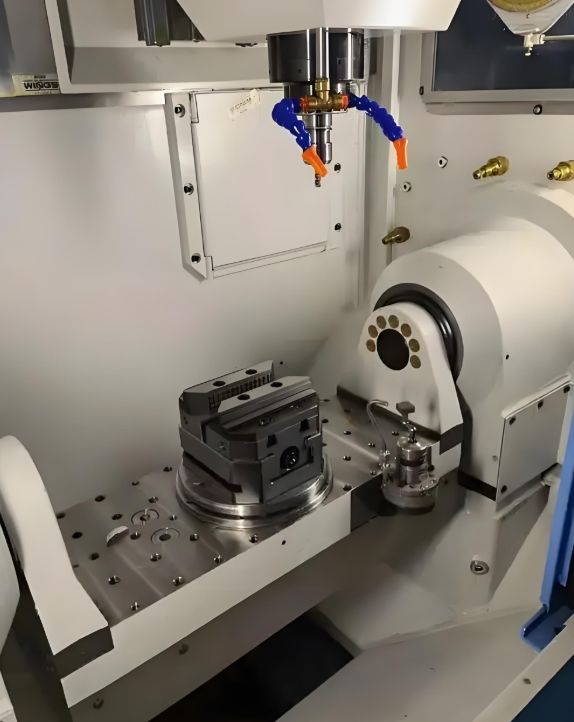Seeking a Part Manufacturing Partner? Decoding Precision Elements and Technological Empowerment
When selecting a partner for part production, cost, quality, and delivery schedules are the obvious factors to consider. However, deviations in precision at the micrometer level may be the hidden key that determines the success or failure of a product. Receiving parts that do not meet specifications or are of inferior quality can, at best, cause product malfunctions and, at worst, trigger unpredictable failure events. The resulting consequential losses far exceed the initial purchase costs.
Xiamen Simtou Intelligent Technology Co., Ltd. occupies an active position within the global manufacturing solutions ecosystem. The core support of its professional value is a systematic commitment to process precision control and a technical response that contends for every millimeter of quality standards.
The Cornerstone of Precision Manufacturing: An Analysis of CNC Turning
CNC turning services hold a prominent position in Simtop’s core capability matrix. The essence of this process is that the workpiece rotates at high speed along its longitudinal axis while various fixed, rotating, or non-rotating cutting tools, with different geometric shapes, remove material according to a pre-set trajectory to gradually form the target part. This process is renowned for its exceptional flexibility, covering a wide range of cutting requirements.
However, the CNC turning process faces a common challenge—relatively high non-cutting time. This includes the time consumed by tool change cycles, repositioning of cutting units, and loading/unloading of workpieces, all of which fall into this category. Such time losses objectively affect overall efficiency.
Efficiency Leap: The Value Proposition of Multi-Spindle Machining
The introduction of multi-spindle machining technology (also known as multi-axis turning) provides an effective solution to the aforementioned efficiency bottleneck. As the name suggests, the core of this technology is the integration of multiple spindle units (typically configured with 3 to 5 spindles) into a single machine. Each spindle operates independently and can be equipped with cross-slide tools, end-slide tools, or a combination configuration.
The operating principle lies in coordination: during the continuous rotation of the spindles, the tools at each station execute machining instructions in a predetermined sequence or synchronously. This achieves continuous part processing, significantly reducing the proportion of non-cutting time in the total cycle.
Advanced Advantages of CNC-Driven Multi-Spindle Machining
Compared to the traditional cam-driven mode, the current mainstream CNC-controlled multi-spindle systems bring deeper improvements in efficiency and precision, reflected in:
-
Process Integration Strategy: Consolidating cutting operations with similar characteristics or logical associations into a single station reduces inter-station transfer and enhances consistency.
-
Dynamic Parameter Adjustment: Tool feed rates can be finely controlled, and the rotational speeds of each spindle can be independently programmed.
-
Station-Specific Speed Strategy: The system generates and executes optimal spindle speed commands based on the real-time machining tasks at each station, achieving customized cutting parameters at the process level and ensuring peak efficiency for the manufacturing unit.
By deeply integrating its CNC multi-axis machining technology, Xiamen Simtou Intelligent Technology Co., Ltd. offers manufacturing solutions to the market that combine ultra-precision tolerance control, exceptional process efficiency gains, and high batch quality stability. This technological capability provides a solid process foundation and technical assurance for addressing the mass production challenges of parts with complex geometric structures and stringent micro-precision requirements.


